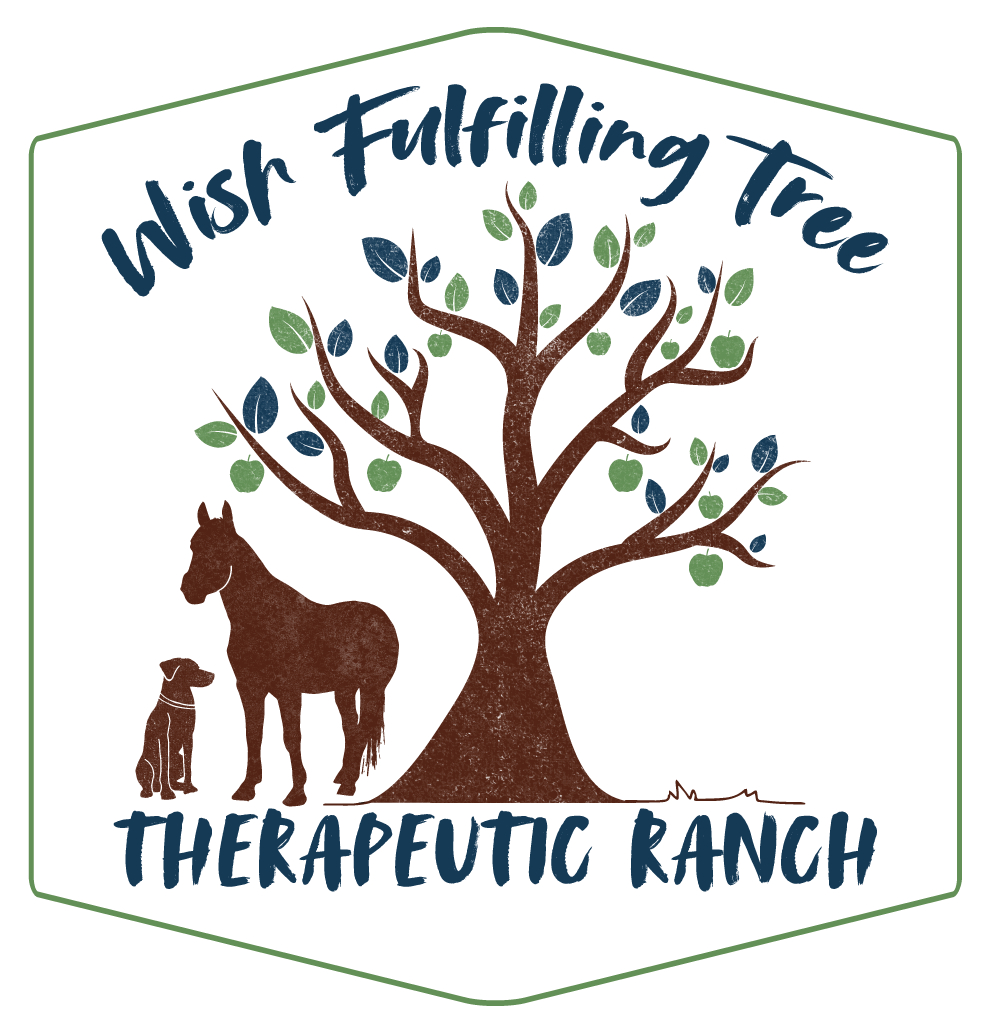Lessons from Horses: Basic Needs
This Winter we split the horse pasture in half to let the ground rest and the grass grow back. This required moving the horse's water trough and we picked a shady spot under the eucalyptus trees.
Over the next week or so, I began to notice the horses weren’t drinking out of the trough and I thought to myself, “maybe they’re just not thirsty, it’s winter after all.” Then I noticed them beginning to play with the lone water spigot in their field. I curiously observed their exploration of this new toy, again thinking to myself, “they must just be board.” Bringing the horses in that night, both of them had wet noses, proof they had successfully solved the jigsaw puzzle. Despite our efforts to block off the spigot, it continued to happen.
Finally, the light bulb went off and I thought, “maybe they’re thirsty!” We moved the trough to a new sunny spot with no eucalyptus trees and the very next day they went straight to the trough with curiosity and took long drinks. I came to realize that the horses were communicating their basic need for water through their body language and behaviors. It only took this human like 2 weeks to get the message!
I began reflecting on how basic needs were showing up in my work. Basic Needs are our fundamental pillar for survival. If our basic needs are not met, we can not do the more advanced functioning such as critical thinking, emotional regulation, pro-social communication, and problem-solving. In therapy, one of the first Animal-Assisted Interventions, I do with kids is ask them to identify therapy dog Ziggy’s basic needs. This offers them an opportunity to identify basic needs and reflect on their own. You might be surprised how many pre-teens have their first meal of the day after school.
Some food for thought— If your child is acting cranky, irritable, tired, anxious, etc. you might want to check in with them and see if they’ve taken care of their basic needs for the day. You can help them to problem solve how to take care of themselves such as bringing a water bottle or a protein bar to school. It is also very real for some kids to be experiencing emotional, social, and/or environmental triggers, making them too anxious to eat at school. If this is the case, you may want to consider consulting with a professional to support them with getting their needs met.
If you or a loved one is in need of a little extra support, please feel free to reach out to the Wish Fulfilling Tree for a lesson from an animal.

